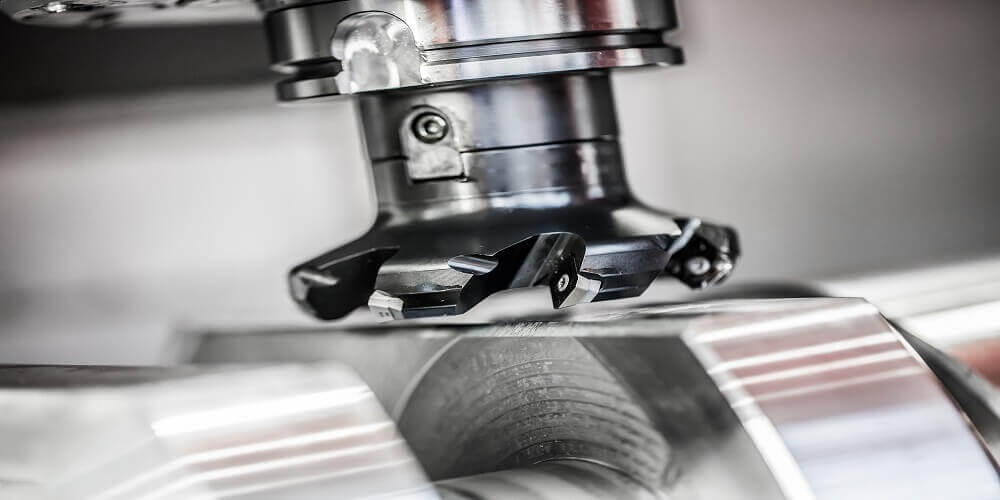The technique employed in CNC prototype formation means that more technical steps could be required. From boring/ drilling, latching and much more technique could be employed by CNC machines. The CNC prototyping technology as a whole is not too complicated. It is pretty straightforward as a lot of our readers would soon come to see. However, the details are more diverse, click here to find out more.
These details are a result of the different CNC processes. The technology has allowed the implementation of lots of other technical processes. These processes are all geared toward making the final prototype as lifelike and accurate as possible. For this article, we will be focusing on discussing a few of the more common CNC processes.
The Theory behind CNC Processes
The theory behind the entire CNC prototype technique is quite simple. The machines and tools used for the processes all follow one principle. The principle involved is reducing. This means that the materials which are processed to form the finished prototypes are usually whole before being processed. This means that the larger “blocks” are carefully carved and cut down until the desired shape is gotten.
The “blocks” mentioned earlier could be a variety of base shapes. This procedure is simple and direct. The intricacies however are more diverse. But in summary, the CNC process is similar to 3D printing. The only issue for small-scale manufacturers is that the cost of CNC prototyping is more than that of 3D printing.
CNC Processes
- CNC Turning: This involves the removal of excess parts from a bulk rotating cylinder rod. This particular process is essential in creating prototypes. This is especially so for prototypes with round-shaped cross-sectional components.
- CNC Milling: This process equally involves the removal of excessive portions of the bulk material. The milling term here refers to the general removal process. So any form or technique which involves removing excess from a whole in the CNC process could be referred to as CNC milling.
When discussing CNC milling, the term 5-axis CNC machining often comes up. This is closely similar to CNC milling. However, 5-axis CNC machining has an advantage over regular CNC milling. The 5-axis CNC machine is able to manipulate the entire process more freely. During a single session of manufacturing the 5-axis CNC machine could generate delicate and intricate geometrical shapes.
The most ideal property of the CNC processes is that they generate their products from a single solid bulk. This means that these models would be more similar to the final finished products. This is especially so for products that would be forged through injection molding. This is a unique feature of CNC manufacturing processes.
Conclusion
The use of CNC processes has gained more traction in recent years. For those involved in bulk or large-scale manufacturing, CNC prototyping is the way to go. With these prototyping processes, the generated models would be more ideal. This in the long run is more cost effective.
So what are you waiting for? Make the move while you can.
